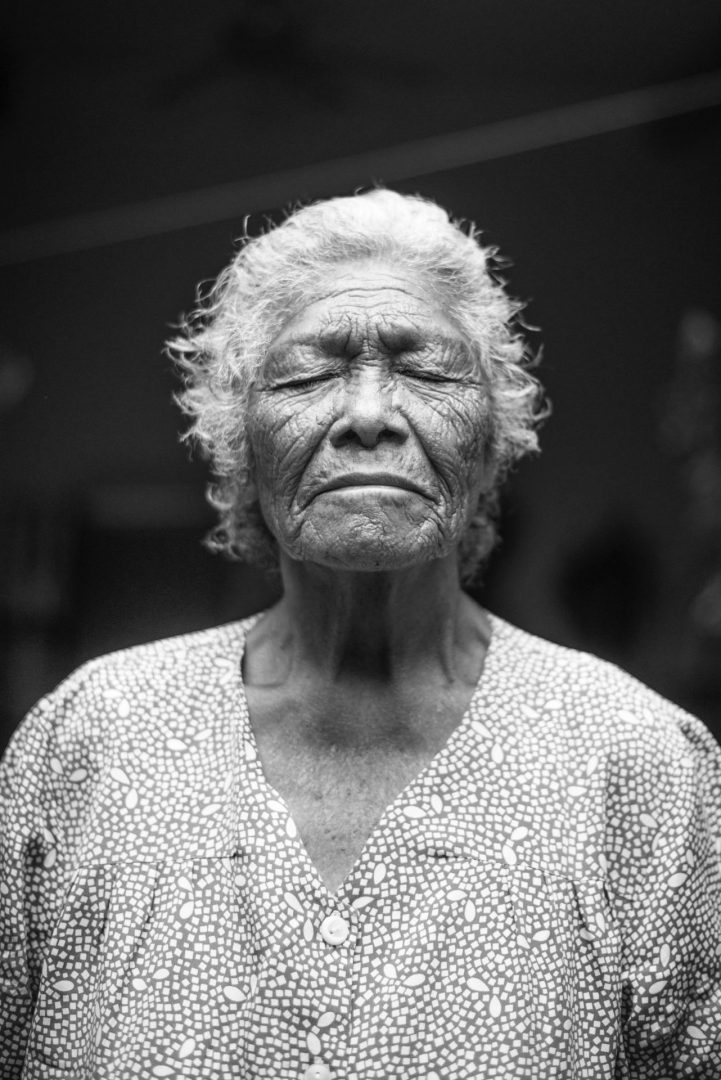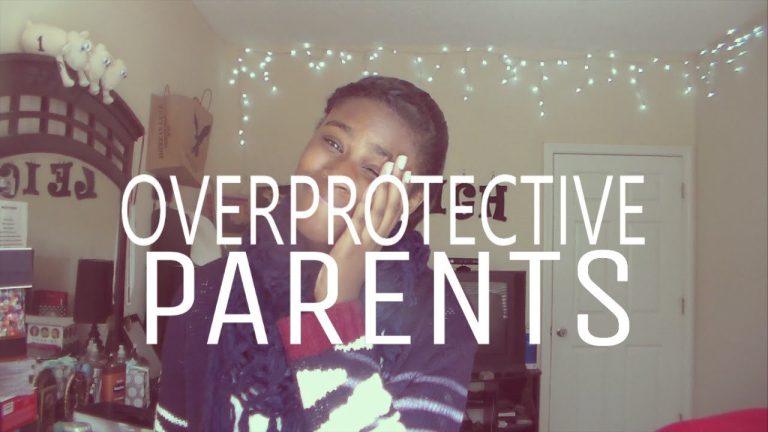Elder Abuse
Abuse in any shape or form, is always an issue to look out for, report, and act upon if noticed. It is the intentional action that can possibly cause harm to another individual, through inappropriate actions or behaviours. Abuse, therefore, can happen across all ages and across all situations.
Amongst older adults, abuse is also known as ‘Elder Abuse’, and that is defined as any actions that are intentional and cause harm or major risk of harm to an older adult, or an individual failing to meet the needs of an older adult and thus possibly failing to protect the older adult (Pillemer et al., 2016). This is a very prevalent issue around the world, with at least 10% of all older adults over the age of 65 suffering some form of abuse (Patel et al., 2021).
The Many Forms of Elder Abuse
Elder Abuse can appear in a wide variety of forms; and these can be psychological abuse, physical abuse, financial abuse, sexual abuse and neglect. All these can have severe consequences, with higher rates of hospitalisation and mental health issues associated with elder abuse. Not only that, but Elder Abuse can happen, and does happen within a long-term care setting. Actions such as shouting at the older adult, swearing at them, transferring them to an isolated room without medical or legal justification, refusing to give them food and drink as needed, as well as being too tough with them physically, are all ways in which elder abuse happens in a long-term-care setting.
Breaking Trust
However, the important factor to keep in mind is that in all cases there is a severe breakage of trust. The older adults would be placing their trust in their caregiver or in someone that is close to them, and end up being betrayed through one of the aforementioned forms. That is one of the most major issues that arise from elder abuse. In the majority of instances, elder abuse is considered as being traumatic for the older adult, and thus healthcare professionals must work with that in mind as well.
In fact, along with the possibility of post-traumatic stress disorder, elder abuse can easily result in a mood disorder such as depression or an anxiety disorder. Anxiety, and so elder abuse, is understood to have significant and harmful consequences on the mental health of an older adult.
Risk Factors for Elder Abuse
There are a number of risk factors that one must consider when trying to identify whether elder abuse has occurred. These include, but are not limited to; having a severe mental health diagnosis, dementia, being socially isolated, having a physical disability, having no social support, being highly stressed and having a history of substance abuse. These factors all contribute to a higher possibility of elder abuse occurring.
Prevention
Remember that the most important goal is to ensure that the older adult has healthy well-being across all domains and thus further possibility of elder abuse is prevented. This would usually involve a number of interventions, such as a detailed and in-depth clinical assessment and history taking, involving a number of other professionals such as legal practitioners, and the involvement of Mental Health Services.
If you think that you can benefit from professional support on this issue you can reach out here.
Yaser Teebi works as a Clinical Psychology Practitioner at Willingness, and works with clients with complex issues, including depression, anxiety, trauma, chronic pain, grief and cognitive impairment. Yaser Teebi has graduated from the following degrees with Merit: Bachelor of Psychology (Hons), a Master of Gerontology and Geriatrics , and a Master of Psychology in Clinical Psychology, all at the University of Malta. He is currently reading for a PhD in Clinical Psychology and Geriatrics at the University of Birmingham.
REFERENCES
Patel, K., Bunachita, S., Chiu, H., Suresh, P., & Patel, U. K. (2021). Elder Abuse: A Comprehensive Overview and Physician-Associated Challenges. Cureus, 13(4), e14375. https://doi.org/10.7759/cureus.14375
Pillemer, K., Burnes, D., Riffin, C., & Lachs, M. S. (2016). Elder Abuse: Global Situation, Risk Factors, and Prevention Strategies. The Gerontologist, 56 Suppl 2(Suppl 2), S194–S205. https://doi.org/10.1093/geront/gnw004







